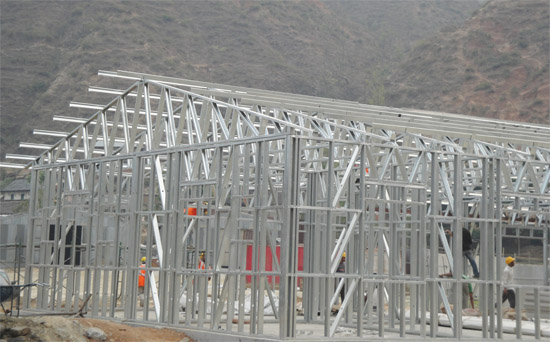


While there are many interesting things about the design and building of this structure, one of the most interesting is that it serves no purpose other than aesthetics. Three are 24 trussed columns as the main supports, each of which uses 1,000 tons of steel. The Bird’s Nest uses a total of 110,000 tons of steel. Later revisions removed the retractable roof as a cost savings, leaving the Bird’s Nest in place. This massive steel structure was originally conceived to support the retractable roof that the design specifications called for. The Beijing National Stadium, commonly referred to as “The Bird’s Nest,” which was built for the 2008 Olympics is considered to be the largest steel structure in the world today. Buildings which use a combination of the two are considered composite. Most buildings don’t qualify as steel buildings by this definition, as the majority of the structure is concrete. So, we’re not going to try and decide which are the biggest, just look at some of the biggest.įor a building or other structure to be considered “steel” the Council of Tall Buildings and Urban Habitat says that the main vertical and lateral structural elements along with the floor systems must be constructed of steel. On the other hand, if total mass of steel used in the construction were the deciding factor, a third group of structures would be the winners. If width is used, then some of the largest suspension bridges would clearly be the winners. If height is used, then some skyscrapers would win. There are several ways that the size of structures can be rated, each of which would give us a different idea of what the largest are. With the need to make more and more skyscrapers and other large mega-building projects, the amount of steel consumed adds up rather quickly. A single steel building can use many tons of steel in its design. Part of what makes steel consumption for construction so big is the amount of steel that is used for the construction of huge structures such as bridges, skyscrapers, and other large buildings. With steel consumption forecasted by the World Steel Association to be 1.455 billion metric tons in 2013, that makes for an incredible amount of steel going into some really massive structures. Chicago, IL – Construction is one of the biggest steel consumers on the planet, using about 30 percent of worldwide steel production.


 0 kommentar(er)
0 kommentar(er)
